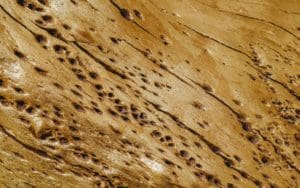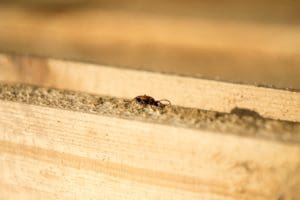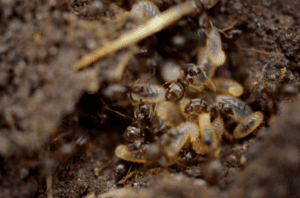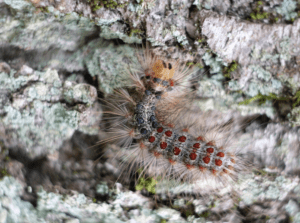
Often referred to as the “silent destroyers”, termites can wreak havoc in your home, business premises, and other built structures. They usually remain undetected for long periods, by which time, extensive damage has been done. If the damage is severe or so far gone that it’s affecting the structural soundness of a building, the repairs can be extremely expensive.
Every part of the termite’s life cycle is very efficient so it’s important to know more about how they grow and spread. Here is all you need to know about these “silent destroyers”.


Termite Eggs
Like most insects, termites lay eggs rather than give live birth. The eggs hatch after about a week or two depending on the species, and larvae emerge, molting their exoskeletons as they mature. Like all colony-forming insects, these larvae eventually become different group members, performing different functions in the colony. Termite eggs are easy to spot as they are laid in groups of tiny ovals that look like little piles of powder. These ovals may differ in color based on which species lay them, and are white, brown, or a pale orange.Termite Larvae
Termite larvae are also called immatures or baby termites and during their development phase they shed their exoskeleton several times. This allows them to develop and grow. Possibly one of the most fascinating things about termites is that they fulfil different roles in a colony, much like bees do. But what makes them even more fascinating is that their roles are dictated by the King and Queen in a nest. The King or Queen termites release chemical smell hormones called pheromones that inform the colony which roles are needed. So, termite larvae turn into what the colony needs as they molt. The different groups are workers, soldiers and reproductives. Reproductives grow wings and eyes. These winged larvae can also molt regressively. They can lose their wings and become false workers, also known as pseudergates. This ability to molt and change function ensures the longevity of termites and ensures that every colony has an equal balance.
Termite Nymphs
The immature termites are pale and have wing buds that may grow into wings or not, depending on what the colony needs. Nymphs with full wings become alates which are termites that swarm to make new colonies. Alates grow eyes that help them see and therefore swarm to begin new colonies. Nymphs with small wings can still assist reproductives in the colony so they fulfil a purpose too.The Castes Of Termites
As termites are social insects they have a social pecking order, or caste. Each caste has its own set of responsibilities and differs in appearance. The three castes are as mentioned previously – the workers, soldiers and reproductives. Let’s look at each of these in more detail:- Workers: Workers are blind and wingless and are the smallest of all termites. They look like maggots, but their heads are slightly hardened. Workers are often seen outside the nests. They are the slaves of the colony and perform most of the tasks. They build the nest and expand it as needed, building tunnels and galleries. Galleries are different rooms in the nest connected by tunnels. Workers also fetch food to feed the other castes and care for the eggs and larvae. Their lifespan is about 1-2 years.
- Soldiers: Soldiers are also blind and wingless but are larger than worker termites. Their heads are very large, dark in color and slightly elongated. They are also armed with pincers. Their only job is to protect the colony by plugging tunnels to prevent invasions if they sense an enemy. They will also use their pincers to fight off intruders, particularly ants.
- Reproductives: The reproductives are unique in that they have eyes and wings unlike the other two castes. Their main function is to reproduce. Reproductives are divided into four sub-groups.
- Alates have full-grown wings to allow them to swarm.
- De-alates are reproductives who have succeeded in finding a mate and a place to start a new colony. Once this is achieved, they will shed their wings.
- Kings and Queens are the main reproductives who mate, lay eggs, and take care of the eggs. Their only job is to mate and lay more eggs.
- Neotenics are the hand maidens as they help with laying eggs as the Queen termite’s ability to lay eggs decreases as her life cycle progresses. When the Queen dies, the neotenics take her place.
Swarming
If the idea of a termite swarm is off-putting, you’re not alone. But this stage in their life cycle is crucial to their survival. Swarming can happen at any stage of the year as it depends on the weather and the termite species. Subterranean termites swarm at different times depending on which subspecies they are, while dampwood and drywood termites prefer to swarm during late summer and fall. The temperature, rain and moisture levels all influence swarming behavior and timing. During the swarming phase they seek out a mate that they can start a new colony with.






